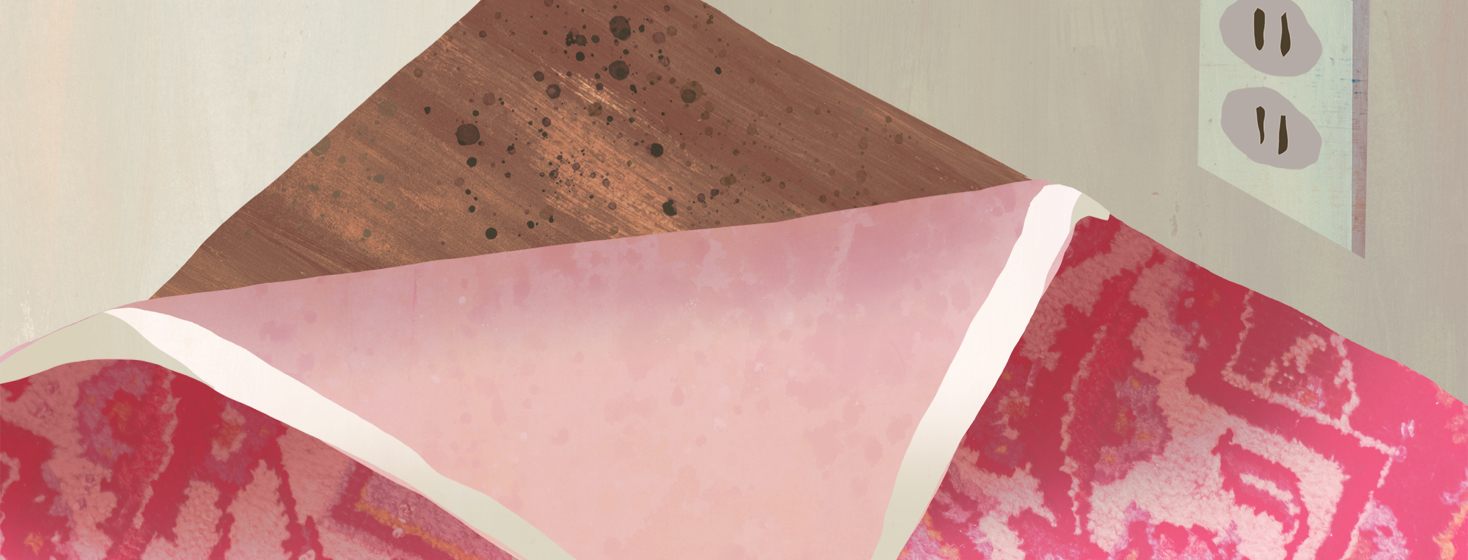Tearing Out Carpet (Again....)
We bought a house 5 years ago and love it. It is a better layout than our last house and gives us a little more elbow room. The only downside is that the upstairs has thick, lush carpet - which is not great for those with allergies and asthma.
We vacuum the entire house every week, using a canister vacuum so we can switch the settings between carpet and hardwood floors on the main level. We also have the carpet professionally steam cleaned every year, but my asthma lungs still have not adjusted to the carpet. We did not have the budget to remove the carpet, so thought we would just try to live with it.
However, I have been traveling frequently for work and noticed that my allergies and asthma seem to be better controlled when I travel. Hhmmm. When I come home and unpack my suitcase, it does not take long before I feel my allergies flaring up, and mucus building up in my nose and throat. Then that would cause problems with my asthma.
So, we decided it was time to tear out the carpet.
Our process for tearing out the carpet in a home where people have asthma
It’s like Yogi Berra says, “It’s like déjà vu all over again!”
We have removed the carpet at our 2 previous homes. They were both historic homes and the bonus of having an older home is that you can usually find original wood floors under the carpet.
Since my husband does not have asthma, his job would be to don a shop mask and carefully pull out the carpet and pad. Then he would use the shop vac to clean the debris off the floor. Once the dust from the carpet and pad was gone, I could come into the area and pry up the tack strips and any stray staples. Then my husband would rent a professional sander to refinish the wood floors before varnishing them.
Cleaning the floors in an asthma-friendly way
The wood floors turned out beautiful and my asthma (and my kid’s asthma) seemed a lot better. Cleaning wood floors is also easier than carpet. We use a flat mop to dry mop the floors, and the pad traps the dust and debris from the floor. We toss the disposable dry pad, and put on a wet pad to mop the high-traffic areas.
We NEVER used a broom on wood or vinyl floors because that just stirs up the dust. Have you ever seen specks of dust floating in the sunshine after you sweep? That’s fine if you see that outside when you sweep the porch, but that is not okay inside.
This is one of the tips I would teach families in my asthma home visit program. Skip the broom inside the house and use a flat mop to dry mop and wet mop!
Here we go again
With our most recent house, it was not historic and it has plywood under the carpet. Rats!
We followed the same process on the two last houses, with my husband removing the carpet and pad, and me prying up the tack strip and stray staples.
This time, we hired someone to install smooth vinyl flooring that looks like wood. (Real wood floors were out of our budget.) We are a little *ahem* older now, so we hired someone younger to install the new flooring.
It looks fantastic, is easy to clean, and my lungs seem happier.
We use the same process to clean them now – a flat mop to dry mop, followed by a wet mop.
The thing I like about wood or vinyl floors is that you can actually SEE when the floors are dirty. A quick swipe with the dry mop can trap the debris before it can get to my lungs. The carpet tends to hide dust and debris.
My cranky asthma lungs seem happier now, and I’m glad we removed the carpet.
Now, what to do about those dated cabinets...

Join the conversation